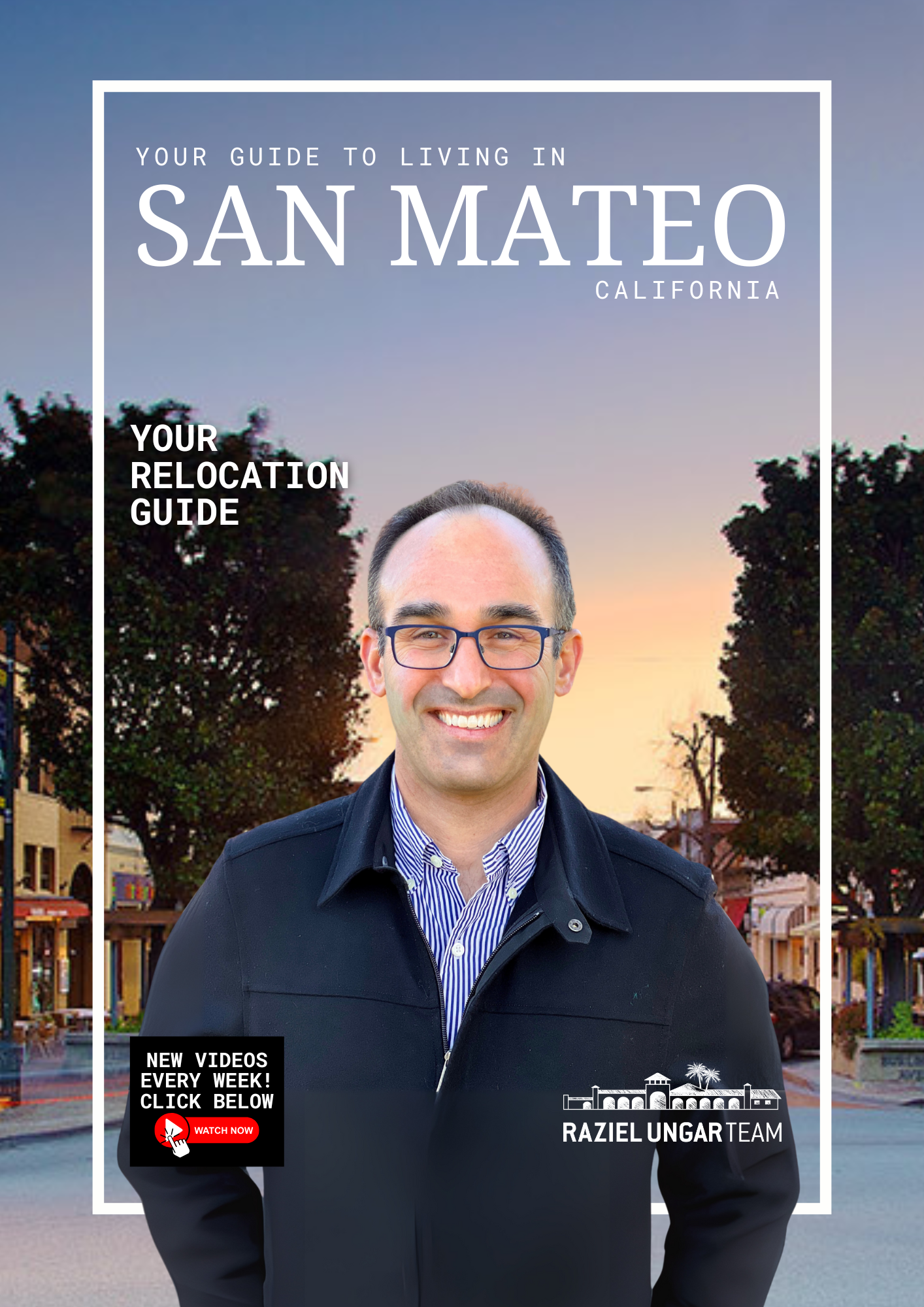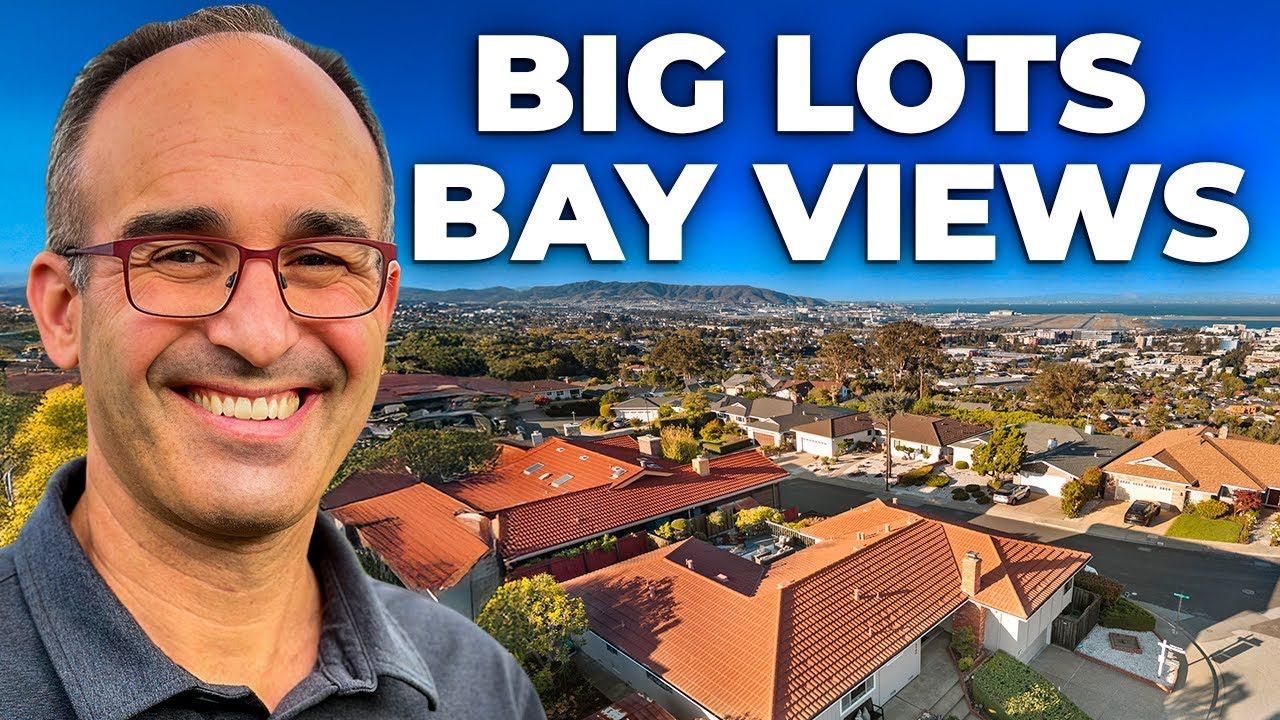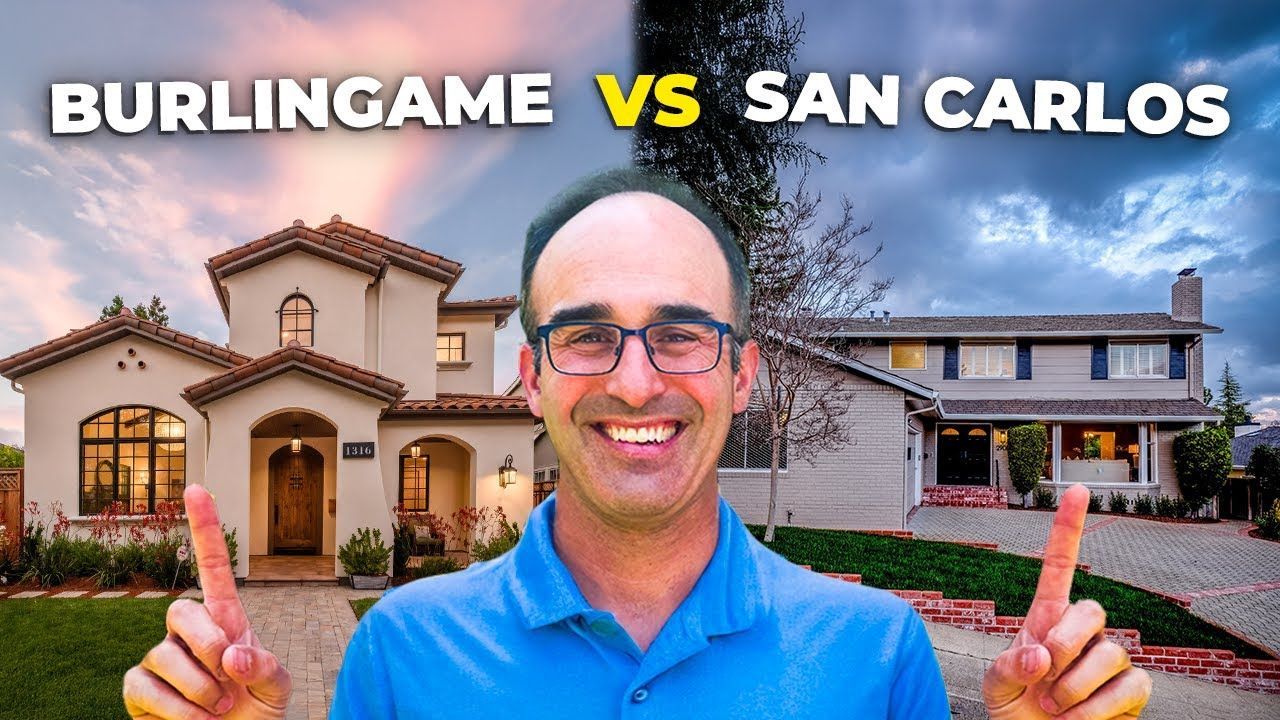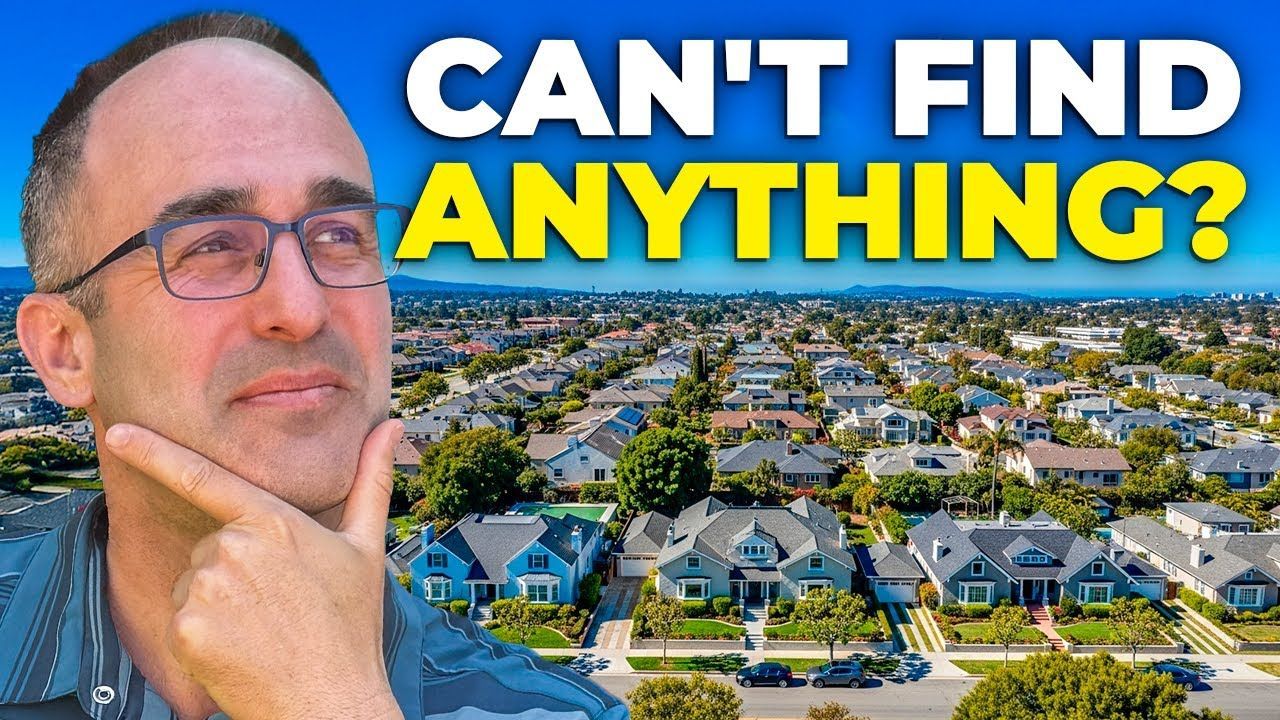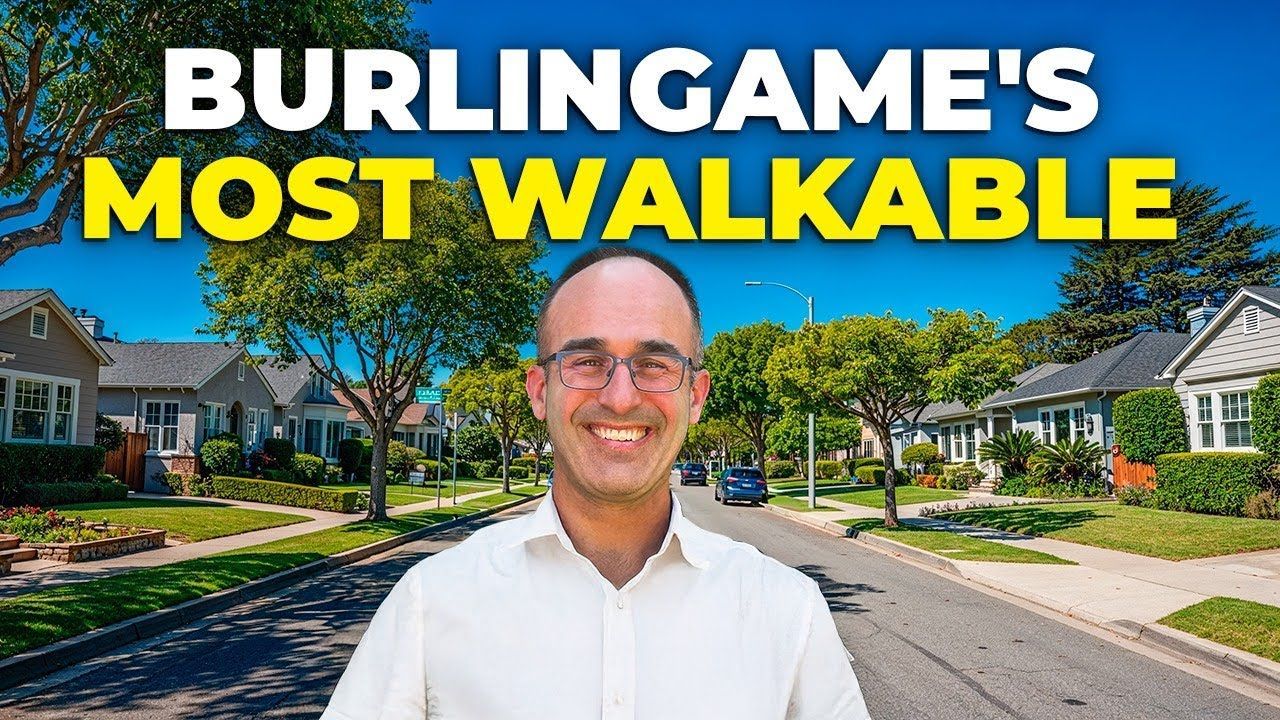Living in San Mateo County: Everything You Need to Know in 2025
Hi — I’m Raziel, a local realtor focused on Living in San Mateo County. Over the years I’ve walked neighborhoods, talked to homeowners, and helped people buy their first home here. This guide condenses everything I cover on camera into one long-form resource: the real estate market, neighborhood breakdowns, commuting, jobs, outdoor life, food, costs, and practical tips for buying. If you’re considering moving to or already Living in San Mateo County, this is for you.
Table of Contents
- Quick Snapshot: Living in San Mateo County in 2025
- Where to Start: North, Middle, or South San Mateo County?
- San Mateo County Housing Types and Price Ranges
- Commuting in San Mateo County
- Job Opportunities in San Mateo County
- Outdoor Adventures in San Mateo County
- Farmers Markets and Local Food Experiences in San Mateo County
- Cost of Living in San Mateo County
- Neighborhood Snapshots of San Mateo County
- Tips for Buying a Home in San Mateo County
- Conclusion
- FAQ — Living in San Mateo County
Quick snapshot: Why people want to be Living in San Mateo County in 2025
San Mateo County consistently ranks as one of the most desirable places in the Bay Area to live. The weather is world-class, outdoor options are abundant from coast to redwoods, and the county sits between San Francisco and Silicon Valley making it a sweet spot for many careers. That demand, along with limited housing supply, drives high prices.
Here are a few headline numbers and realities to internalize before we dive deeper:
- Median home price (recent year): approximately $1,950,000 — up roughly 8% year-over-year.
- You can still find homes/condos under $1,000,000 — typically one- or two-bedroom condos in certain towns.
- Expected tradeoffs: weather, walkability, commute times, school options, and price per square foot vary dramatically north-to-south and hill-to-flat.

Where to Start: North, Middle, or South San Mateo County?
San Mateo County has about 20 distinct cities and towns — each with its personality. When people ask where to start, I break it down by three things that tend to matter most:
- Do you want to be close to a downtown with walkable restaurants and shops?
- Do you prefer flatter, walkable neighborhoods or hilltop privacy and value?
- How important are commute times and which highways or transit lines will you use?
North County highlights: South San Francisco, Millbrae
North tends to be more transit-connected (BART, Caltrain), and you’ll find better entry-level condos and older single-family homes that sometimes provide more square footage for the dollar compared to prime mid-peninsula neighborhoods. South San Francisco, San Bruno and Daly City are where buyers often find the best value if budget is tight.
Mid-Peninsula favorites: Burlingame, San Mateo, San Carlos
This central stretch is the sweet spot for many. Burlingame and downtown Burlingame — with its bakeries, bookstores, and restaurants — is one of my favorite downtowns. San Mateo’s downtown has an enormous variety of restaurants (over 170 options in some counts). San Carlos’ Laurel Street is unique for not charging meter parking, which locals really appreciate. If you want flexibility to get to jobs north or south, living between Burlingame and San Carlos is a strategic choice.
South County and waterfront: Redwood City, Foster City, Redwood Shores
Redwood City’s downtown has seen a lot of redevelopment and is lively for dining and entertainment. Redwood Shores and Foster City are master-planned communities built on engineered land with high tree density and bay access — great if you want paddleboarding or easy water recreation.
San Mateo County Housing Types and Price Ranges
Expect a wide range depending on city and neighborhood. Below is a simplified view to help shape expectations if you’re shopping for a typical three-bedroom house (1.7M–3M budget example):
- Under $1M: Mostly one- or two-bedroom condos in select areas (north county has more options).
- $1M–1.6M: Smaller single-family homes in some towns, townhomes, or larger condos.
- $1.7M–3M: Decent three-bedroom houses in many mid-peninsula neighborhoods; price varies wildly with location, condition, and hills vs. flats.
- $3M+: Larger homes in coveted neighborhoods, including top-of-the-hill properties and elegant remodeled houses.

Hills vs. Flats: What buyers need to choose
Flatter, walkable neighborhoods near 101 and El Camino often command a higher price per square foot. If you move up into the hills near 280, you’ll often get better value — more house and more privacy — but trade some walkability. My clients who buy in the hills often say: “Why would I be in the dense flat area if I can get more house and be closer to work?”
Condition matters: Move-in ready vs. fixer
Do you want a turnkey home, or are you okay with a project? I’ve seen buyers take older homes with dated finishes (brown countertops, pink tile — yes, it happens) and remodel over time. Everyone starts somewhere. If getting into the market is your priority, you can buy and renovate.
Commuting in San Mateo County
Commuting in San Mateo County is a major daily consideration. The two main highways are US-101 and CA-280, plus Caltrain and BART in parts of the county.
- 101: Busy, especially around the I-92 interchange. Congestion can make commutes long during peak times.
- 280: Less stop-and-go congestion but often a longer, winding route up and down the peninsula.
- Caltrain & BART: Excellent options if you live near a station — Millbrae and other towns offer fast rail into SF or down to Redwood City and beyond.
Practical tip: If you have a job that could shift locations (I’ve had clients whose teams moved from Mountain View to SF), living centrally — between Burlingame and San Carlos — gives flexibility so you don’t need to move houses if your employer changes offices north or south.
Job Opportunities in San Mateo County
Living in San Mateo County means you’re right in the heart of the Bay Area’s tech corridor. The county sits between Silicon Valley and San Francisco, making it an ideal home for professionals who work at major tech firms like Google, Meta, Apple, or smaller startups. Many residents enjoy a short commute to these companies while still living in a quieter suburban setting with access to parks, good schools, and family-friendly neighborhoods.
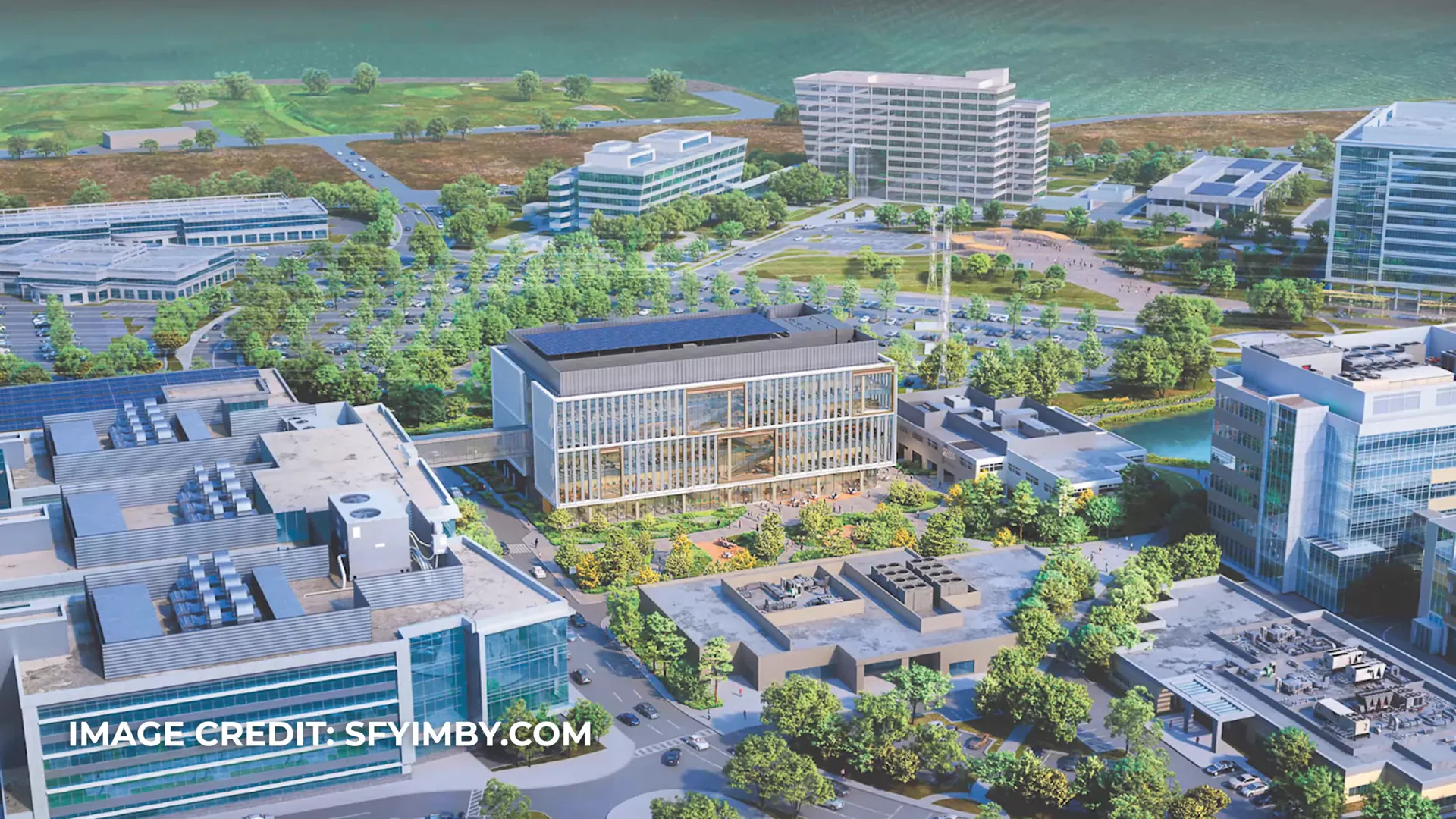
San Mateo County benefits from four major employment clusters:
- High-tech: Many people who work at major tech firms live here, and the county sits between Silicon Valley and San Francisco.
- Healthcare: UCSF, CPMC, Kaiser, Stanford-affiliated entities, and other healthcare providers employ large numbers.
- Finance & Venture: Venture capital and financial services have a presence, especially for those who commute into SF.
- Biotech: South San Francisco is a biotech hub with over 80 biotech firms and massive lab space (10+ million square feet just in South San Francisco).
Demand for local workers has outpaced housing construction for years. One statistic I keep repeating is that over a recent five-year span the county added roughly 75,000 new jobs but only about 5,000 new housing units — a massive imbalance that reinforces higher prices.
Outdoor Adventures in San Mateo County
One of the great perks of Living in San Mateo County is access to nature. You rarely need to drive hours to find hiking, redwoods, coast, or world-class cycling. I live here; I bike, hike, and bring my family to the coast regularly.
- Parks & Trails: Sawyer Camp Trail (6+ miles around Crystal Springs Reservoir), Huddart Park, Purisima Creek, and Waterdog Lake are local favorites.
- Coast: Hop on Highway 92 and get to Half Moon Bay in 10–20 minutes (unless it’s pumpkin season!). Beaches, surfing (including Mavericks nearby), and coastal hikes are close at hand.
- Camping: Memorial Park in the Redwoods is a short drive and fantastic for family camping and s’mores.
- Water sports: Foster City and Redwood Shores have lagoons and bay access perfect for paddleboarding and casual boating.
Farmers Markets and Local Food Experiences in San Mateo County
If you’re a foodie, Living in San Mateo County is a treat. Farmers markets are abundant and offer top produce from the Peninsula.
- CSM (College of San Mateo) hosts the largest farmers market on the Peninsula every Saturday — a must-visit.
- Each town has its smaller farmers market: Burlingame, San Carlos, Belmont, Redwood City, etc.
- Local producers like Harley Goat Farms and Pescadero’s artichoke bread and local family restaurants are weekend detours I recommend.
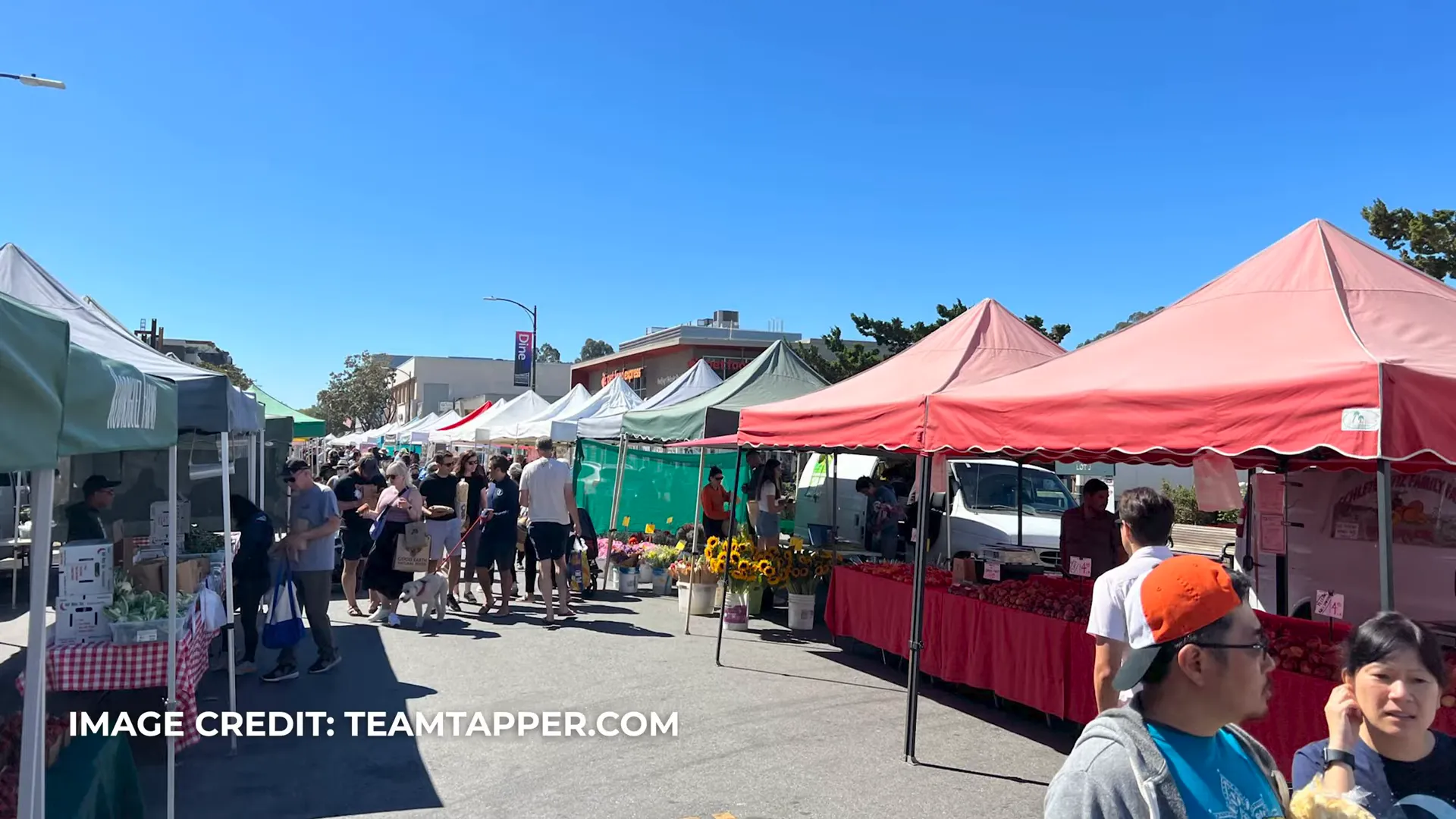
Cost of Living in San Mateo County
San Mateo County is expensive to live in — that’s the blunt truth. From groceries to services, costs tend to be higher than most places in the U.S.
- Groceries: Expect higher bills; the same items can feel shockingly more expensive compared to other regions.
- Childcare, babysitters: $20–$30 per hour is common.
- Auto maintenance and labor: Labor rates can make repairs costly; $500+ visits to the shop are not unusual.
- Rent: A two-bedroom apartment can easily run $4,000–$5,000 per month depending on town and amenities.
- Insurance: Homeowners and auto insurance premiums are higher here than many parts of the country.
Many buyers decide to purchase when they realize mortgage + taxes may be comparable to local rents, especially once you factor in possible 20% down payment scenarios and long-term appreciation. In some cases, a mortgage payment on a bought home could be roughly equivalent to market rents — which makes buying compelling if you plan to stay awhile.
Neighborhood Snapshots of San Mateo County
Here are some short notes for towns people ask me about most:
- South San Francisco / San Bruno / Daly City: More entry-level options, good transit access; value compared to mid-peninsula.
- Millbrae: Good access to Caltrain and BART; Broadway has a compact downtown.
- Burlingame: Excellent downtown, parks, and strong community feel.
- San Mateo: Big downtown dining scene and lots of housing variety.
- San Carlos: Small-town feel with free downtown parking and strong local vibe.
- Redwood City: Growing downtown entertainment district, good value in some neighborhoods.
- Foster City & Redwood Shores: Water access, highly planned, great green space.
- Hillsborough: Ultra-high-end residential enclave with top-tier homes
Tips for Buying a Home in San Mateo County
Because supply is constrained and job growth remains strong, the market tends to favor sellers. But there are opportunities for buyers who prepare.
- Get your financing in order: Pre-approval (not just pre-qualification) is essential.
- Decide priorities: Location first, house second. Prioritize commute, schools, and neighborhood over cosmetic features.
- Be realistic about condition: You may need to accept updating a home over time to get into your preferred area.
- Use local insight: Sign up for neighborhood newsletters and local email lists — they tell you what really matters to residents.
Conclusion
Living in San Mateo County is all about tradeoffs. Yes, the cost of living is higher than in many other parts of the Bay Area and beyond, but what you gain in return is significant. You get exceptional weather nearly year-round, close proximity to some of the country’s top employers, and easy access to both the coast and redwood-covered trails. Add in a thriving food scene, diverse communities, and a strong sense of belonging, and it’s clear why so many people choose to call this area home. If you value convenience, outdoor beauty, and cultural richness—and can make the financial plan work—San Mateo County offers a lifestyle that’s tough to beat.

FAQ — Living in San Mateo County
Is San Mateo County affordable?
Compared to most of the U.S., no. Compared to other Bay Area counties, it’s among the most expensive. That said, you can find lower-cost units (condos, smaller homes) in select towns. Plan for higher groceries, services, insurance, and labor costs.
Where are the best value neighborhoods?
Value depends on your priorities. For price per square foot, hill neighborhoods near 280 often give you more house for the money. For lower sticker prices, look at South San Francisco, San Bruno, and Daly City. Redwood City offers a wide range of price points depending on neighborhood.
What’s the commute like?
101 is the busiest corridor, especially near I-92. 280 is calmer but can be longer. Caltrain and BART are excellent if you live near a station. Choosing a central location (Burlingame through San Carlos) gives you the most job flexibility on the peninsula.
Are schools good in San Mateo County?
Many schools are excellent, but don’t rely only on test scores. Visit schools, talk to principals and parent groups, and look at extracurricular offerings to get the full picture.
Is the outdoor access really that good?
Yes. Beaches, redwood hiking, reservoir trails, and world-class cycling routes are all within minutes from most towns in the county. Memorial Park is a top spot for camping close to home.
How competitive is the housing market?
Very. Job growth has outpaced housing construction for years. Be prepared with strong financing, clear priorities, and a local agent who understands neighborhoods and seller expectations.
How do I learn what’s happening in a town?
Sign up for the town newsletters — most towns send 1–4 emails per month with community news and events. They’re a great way to get a feel for how a town is run and what matters to residents.
If you want help narrowing down towns or building a plan to buy in San Mateo County, I’d be happy to help. You can reach out, and I’ll share local market insights, neighborhood comparisons, and next steps tailored to your situation.
Raziel Ungar
Your trusted guide to San Mateo County's real estate market. Stay updated with expert tips, neighborhood insights, and the latest market trends to ensure you make informed decisions whether you’re buying, selling, or relocating.
